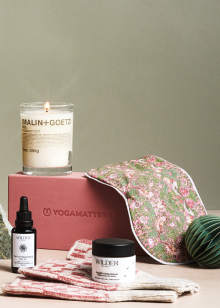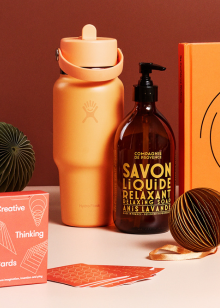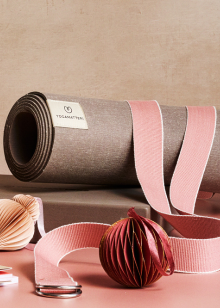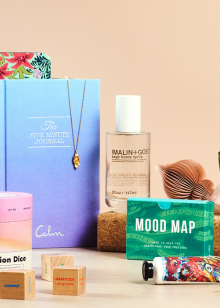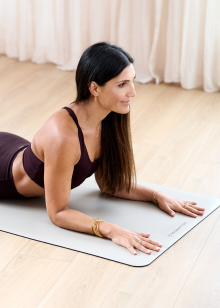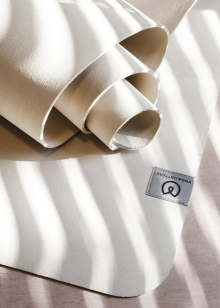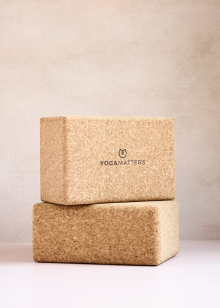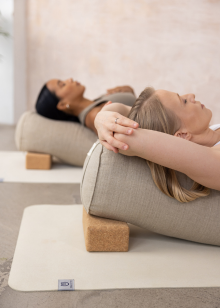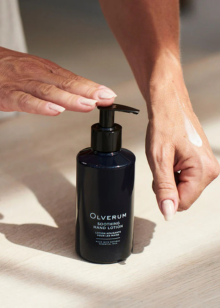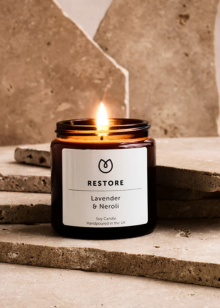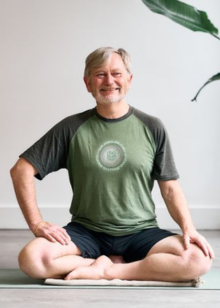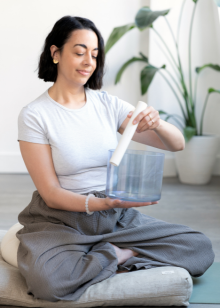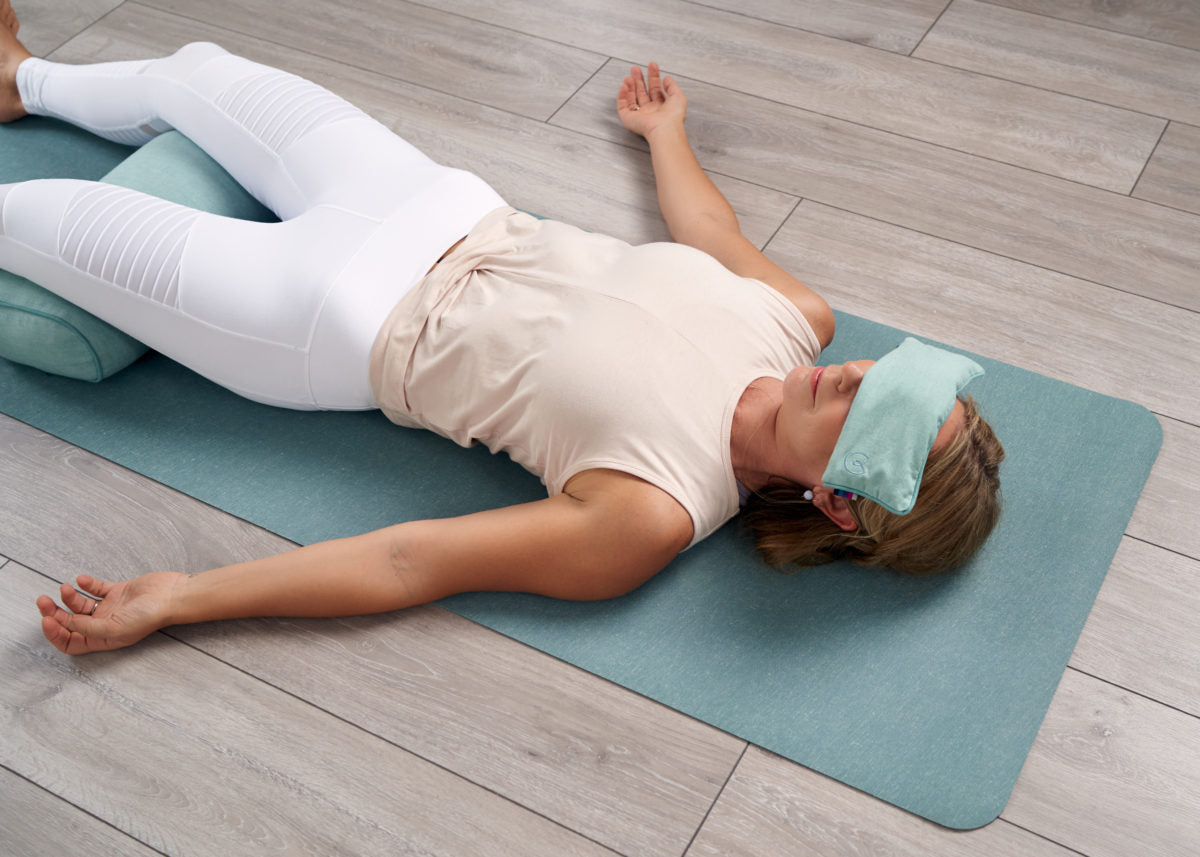Have you ever tiptoed out of class, as the teacher leads into Savasana, feeling the time pressure mount and the urge to rush off? Most of us have been there. But do we really know what we are missing when we clock off early?
During our asana practice we stimulate the sympathetic nervous system (fight or flight mode) through mindful movement. In Savasana we start to switch on the parasympathetic nervous system, where we begin to slow down and find stillness in the body. This state benefits the digestive and immune systems as well as our minds. We can let go of everything within our emotional and physical being before reawakening and choosing what thoughts and feelings we want to return. One of the benefits of Savasana is that it enables you to increase your awareness of body and mind. So it’s no wonder it’s so important!
Teachers often give one rule of thumb to follow for Savasana pose. It should take up a minimum of 10% of your total practice time. So for 60 minutes, allow at least 6 minutes in Savasana. Some other teachers say no matter how long the practice, you should allow 10 minutes in Savasana to reap the benefits. As with most areas of Yoga, there’s no right or wrong. You have to find what’s right for you. The important thing is that you give yourself that time at the end of your practice to allow your body to find a moment of stillness. Think of Savasana as a way of hitting ‘save’ on your practice. You wouldn’t turn off your computer without your files saving, would you?
If you find Savasana a struggle, try this simple technique. Just before you settle into Savasana, take a deep breath in and tense up your whole body and hold for a few moments. Notice every part of your body clench, from your toes to your jaw. On the exhale, let it go and release. Try this a couple of times before finally resting into Savasana. You may find this helps the body to relax and remain still.
Another way to find a Savasana that works for you, is to explore the pose with props. Here are a few variations to try:
Place a bolster under your knees to take the pressure off the lower back. You may also find this helps the feet to completely relax.

Reclined cobbler’s pose. Put the soles of your feet together and let the hips open. This can be done without any props although using a bolster or brick under your back can be a nice chest opener too.

A nice way to fully relax is to place an eye pillow over the eyes and brows. This helps the muscles in the face relax and block out any bright light.

